Increased Focus on Health and Wellness
The Camping Utensil Market is witnessing a shift towards health and wellness, as more consumers prioritize nutritious outdoor meals. This trend is reflected in the growing demand for utensils that facilitate healthy cooking and meal preparation while camping. Consumers are increasingly seeking products that allow them to prepare fresh, wholesome meals in outdoor settings, which in turn drives the need for specialized camping utensils. Industry expert's indicates that brands offering utensils designed for health-conscious consumers are experiencing growth. This focus on wellness not only enhances the camping experience but also aligns with broader lifestyle trends, suggesting that the Camping Utensil Market will continue to evolve in response to these changing consumer preferences.
Rising Outdoor Recreation Participation
The Camping Utensil Market is experiencing a notable surge in demand, driven by an increase in outdoor recreational activities. Recent data indicates that participation in camping and hiking has risen significantly, with millions of individuals engaging in these activities annually. This trend is likely influenced by a growing appreciation for nature and the outdoors, as well as a desire for physical fitness and mental well-being. As more people venture into the wilderness, the need for reliable and efficient camping utensils becomes paramount. This growing participation not only boosts sales but also encourages manufacturers to innovate and diversify their product offerings, catering to a wider range of consumer preferences and needs.
Growing Interest in Sustainable Products
Sustainability is becoming a pivotal factor influencing consumer choices in the Camping Utensil Market. As environmental awareness rises, consumers are increasingly inclined to purchase utensils made from eco-friendly materials. This shift is reflected in the growing demand for biodegradable and recyclable products, which aligns with the broader trend of sustainable living. Market data suggests that brands that prioritize sustainability are witnessing higher sales and customer loyalty. This trend not only benefits the environment but also encourages manufacturers to adopt sustainable practices in their production processes. Consequently, the Camping Utensil Market is likely to see a continued emphasis on eco-conscious products, shaping the future of outdoor cooking and dining.
Technological Advancements in Product Design
Innovations in materials and design are transforming the Camping Utensil Market. The introduction of lightweight, durable materials such as titanium and advanced polymers has revolutionized the way camping utensils are manufactured. These advancements not only enhance the functionality of the products but also improve their portability, making them more appealing to consumers. Furthermore, the integration of smart technology into camping utensils, such as utensils with built-in measuring tools or temperature indicators, is gaining traction. This trend suggests that consumers are increasingly seeking products that offer convenience and efficiency, thereby driving growth in the market. As manufacturers continue to invest in research and development, the Camping Utensil Market is poised for further evolution.
Influence of Social Media and Outdoor Influencers
The Camping Utensil Market is significantly impacted by the rise of social media and outdoor influencers. Platforms such as Instagram and YouTube have become vital channels for promoting camping gear, including utensils. Influencers often showcase their outdoor experiences, highlighting the importance of quality camping utensils in enhancing these adventures. This visibility can lead to increased consumer interest and purchasing decisions, as followers seek to emulate the lifestyles of their favorite influencers. Additionally, brands are leveraging these platforms for targeted marketing campaigns, further driving sales. As social media continues to evolve, its influence on consumer behavior in the Camping Utensil Market is expected to grow, shaping trends and preferences.


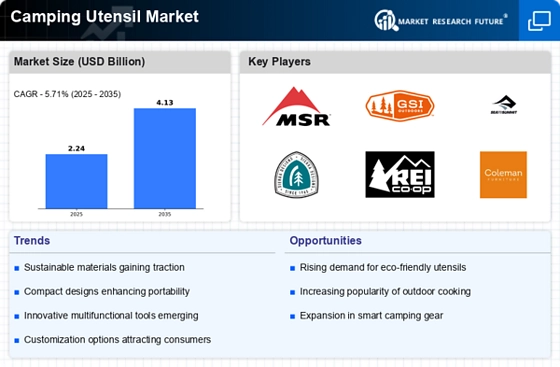
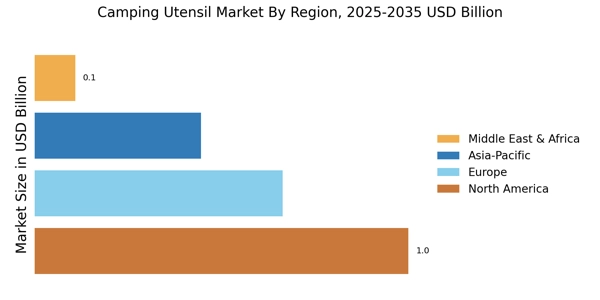
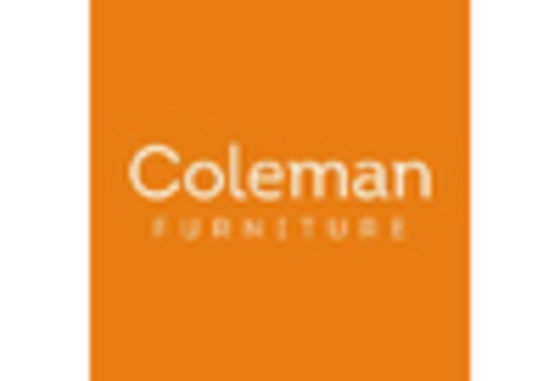
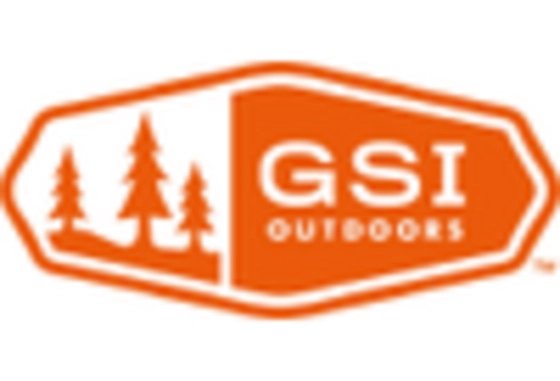
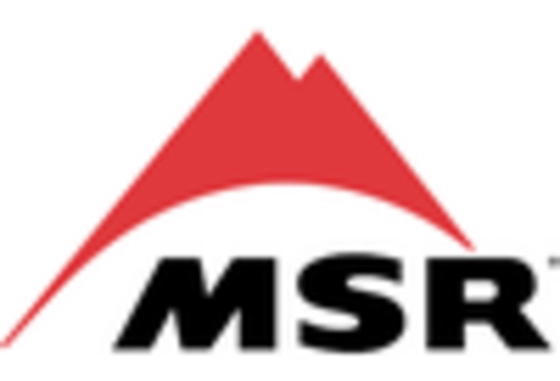
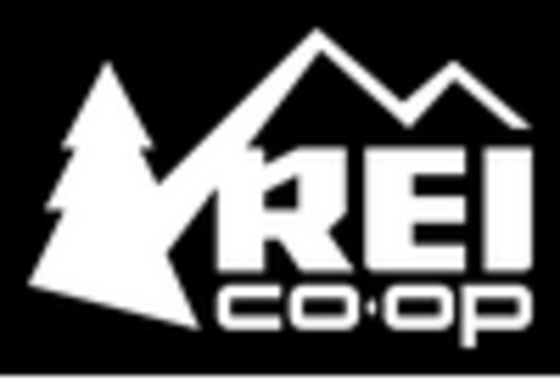










Leave a Comment